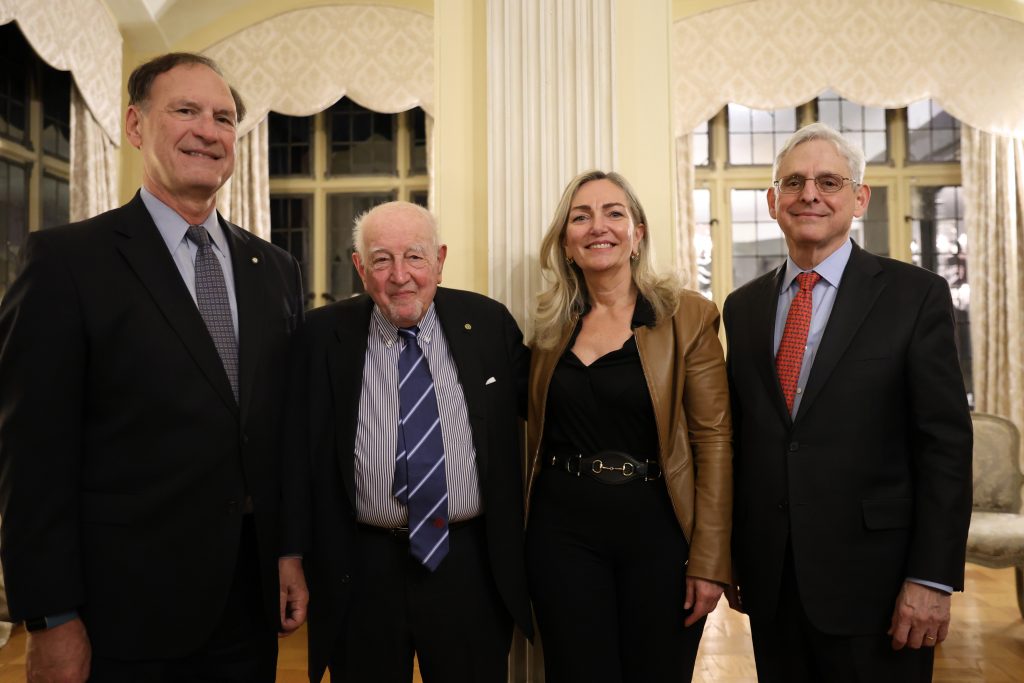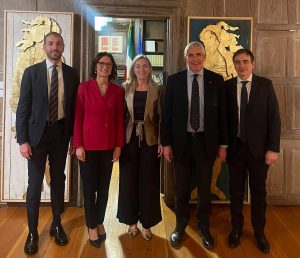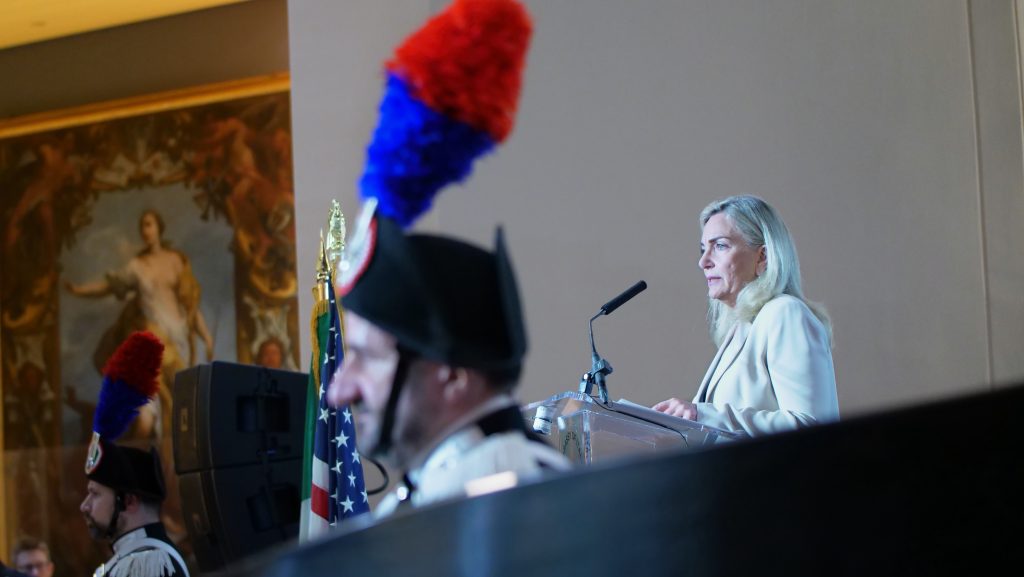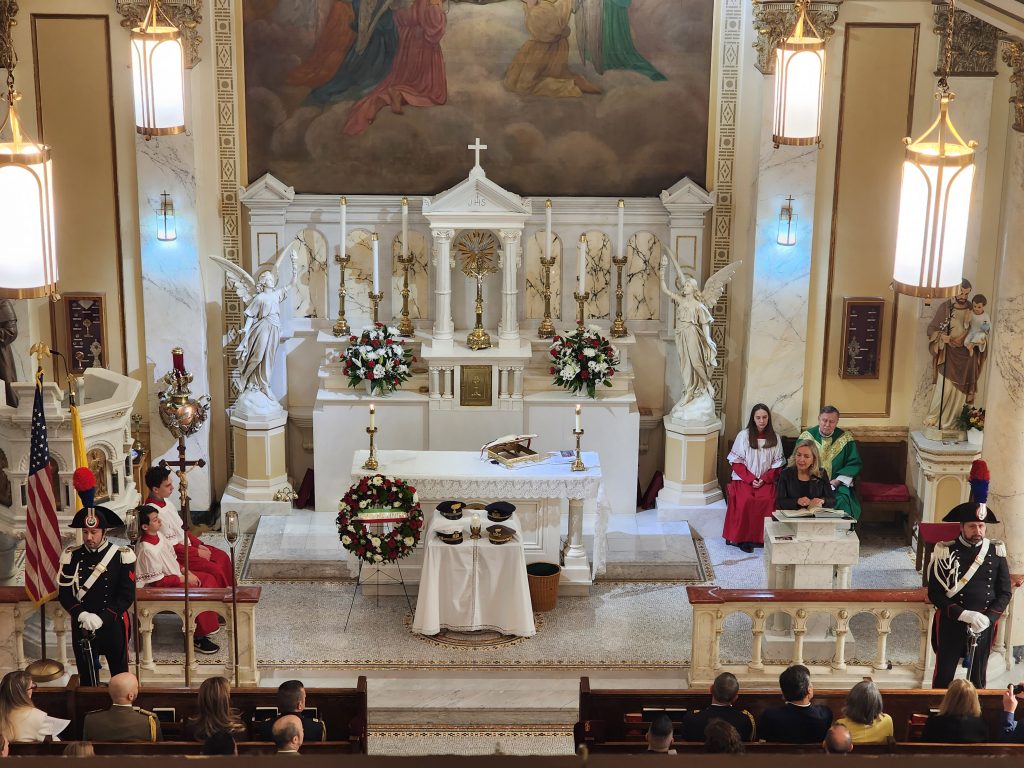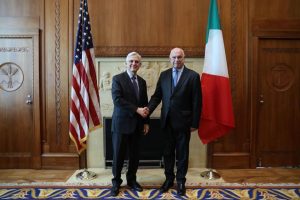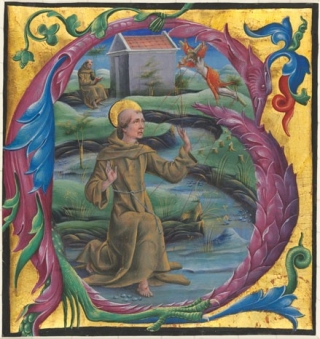
Cosmè Tura, Saint Francis Receiving the Stigmata, 1470s miniature on vellum National Gallery of Art, Washington, Rosenwald Collection
One of the most innovative Italian books of the early baroque period, the Descrizione del Sacro Monte della Vernia, published in 1612, illustrates the experiences of Saint Francis and the buildings of the Franciscan community at La Verna. Drawing from the National Gallery of Art’s rich holdings of works
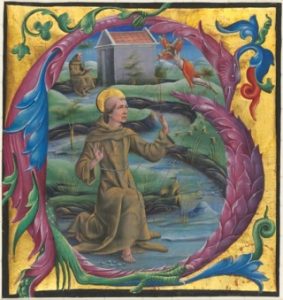
miniature on vellum
National Gallery of Art, Washington, Rosenwald Collection
with Franciscan imagery, Heavenly Earth: Images of Saint Francis at La Verna contextualizes this publication alongside some 30 traditional representations from the late 15th through the mid-18th century. Heavenly Earth will be on view on the ground floor of the West Building from February 25 through July 8, 2018.
“We are very fortunate to have two copies of the first edition of the Descrizione del Sacro Monte della Vernia,” said Earl A. Powell III, director, National Gallery of Art. “This exhibition offers a special opportunity to share outstanding prints depicting Franciscan themes from the permanent collection as well as from the Kirk Edward Long Collection.”
In September 1224, in the wilderness of La Verna, a mountain in the Casentino Valley in Tuscany, Francis of Assisi began a 40-day fast and contemplation of Christ’s Passion, during which he prayed to share in Christ’s suffering. The legendary answer was a fiery, six-winged seraph enfolding the figure of a man on a cross. When the seraph departed, Francis’s body was imprinted with the crucifixion wounds of Christ, which the friar bore for the remaining two years of his life. Francis’s mystical union and unprecedented stigmatization on La Verna was a critical event in Western spirituality and proved to be the effective birth of modern monasticism. La Verna is an active monastery today and is the second most holy site for the Franciscan Order, after Assisi.
February 25 – July 8, 2018
West Building, Ground Floor – Gallery 22
